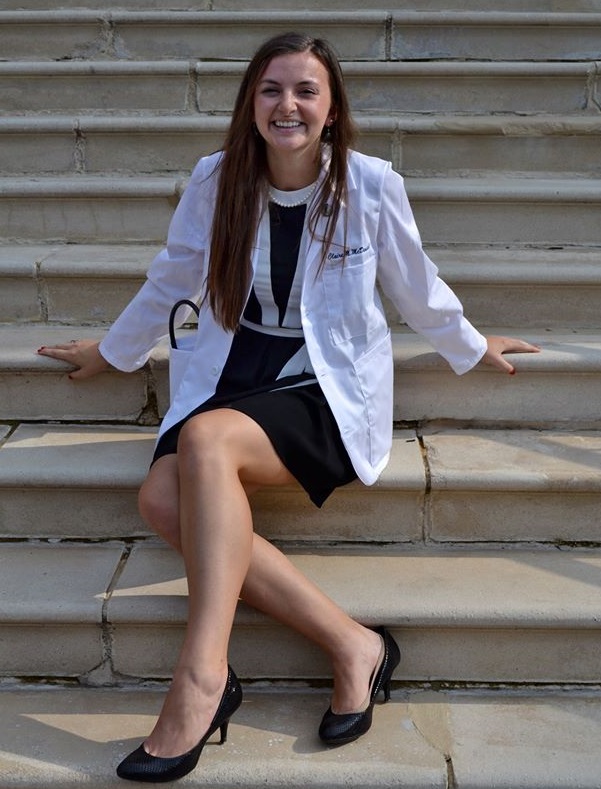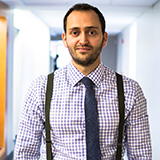 The Doctor’s Book Club
The Doctor’s Book Club
Rebecca Skloot—The Immortal Life of Henrietta Lacks
On 27 August 1963, Emanuel Mandel, the director of medicine at the Jewish Chronic Disease Hospital (JCDH), told his resident to inject cancer cells into unaware patients. This was not the first time that an experiment like this had taken place. Mandel’s work was a collaborative effort with the chief virologist of Memorial Sloan Kettering (MSK) Cancer Center named Chester Southam who, by that point, had injected a particularly virulent cancer cell line called HeLa (short for Henrietta Lacks) into 600 patients over a nine year period. Some, like prisoners in an Ohio Penitentiary, were coerced into participating for a small sum of money; others, like patients undergoing gynecological surgery at MSK, had the cells injected into their bodies without knowledge or consent.
Although, as it was later discovered, hundreds of similar experiments were simultaneously taking place at other institutions, it was the JCDH study that transformed medical research. Public outrage and investigations led to widespread reform and the establishment of institutional review boards and contemporary ethical requirements for research with human subjects.
Southam’s experiment is one of the many examples of the human toll of research, described in Rebecca Skloot’s 2010 award winning non-fiction book The Immortal Life of Henrietta Lacks. Skloot’s project is an intricate journey into the history and evolution of bioethics, which focuses on the less commonly described effect of research: its impact on the individuals involved.
The various lives in the book are held together by a single nucleus: Henrietta Lacks, a poor African American woman who died of aggressive cervical cancer in 1951. Her immortal cancer cells, which were taken and used for experimentation without her or her family’s consent, laid the foundations for countless medical discoveries. HeLa cells, used in experiments for virtually every modern medical therapy, from the Salk polio vaccine to today’s cutting edge cancer therapies, have been the subject of over 60 000 scientific articles. Yet the price for these advancements was paid by the Lacks family and by the families of others whose bodies were used to pave the way for science.
Henrietta Lacks walked into the colored ward at Johns Hopkins with a “knot on [her] womb.” From that moment forward, neither Henrietta nor her family were ever made fully aware of the ways in which her tissue would be used for science. Instead of being given explanations, the Lacks children derived information from rumors and speculations, reading about their mother’s cells in newspapers and hearing about it on television. Deborah, Henrietta’s daughter, would often find herself completely lost, “not knowing who to go to for understanding [because] no one from the medical field took the time.”
Her children and husband were uncertain about whether the “immortality” of Henrietta’s cells meant she was in some way alive, suffering in research laboratories. Interactions with medical professionals were driven solely by researchers’ need to isolate the Lacks’s genetic identifiers. Confident that the family neither wanted nor needed detailed information, the “doctors just took blood samples without explaining anything and left the family worrying.” At one point, the Lacks family even contemplated filing a lawsuit against Johns Hopkins in order to get answers about what really happened to Henrietta’s body after she became ill.
Layered on top of the family’s frustration is the tragic paradox of the financial nature of research. As the HeLa line has become one of the world’s premier biomedical products (a single vial of HeLa cells was once valued at $256), the Lacks family has been crippled by poverty and health problems. So while the world continues to be made healthier by HeLa cells, Henrietta’s children remained too poor to access the medical treatments made possible by her cells.
Skloot’s work exposes these and many other examples of the dual nature of medical research. Although the scientific world may take giant leaps forward, individuals involved in the research can often be left behind in its wake. There is no question that research must march on. The question is: how can we remain mindful of the lives involved?
 Claire McDaniel is a third year medical student at Georgetown University School of Medicine in Washington, DC, participating in the school’s Literature and Medicine Track. Additionally, she is an MBA candidate at Georgetown University McDonough School of Business.
Claire McDaniel is a third year medical student at Georgetown University School of Medicine in Washington, DC, participating in the school’s Literature and Medicine Track. Additionally, she is an MBA candidate at Georgetown University McDonough School of Business.
 Daniel Marchalik is a urologist at MedStar Washington Hospital Center in Washington, DC. He directs the Literature and Medicine Track at the Georgetown University School of Medicine and writes a monthly column for the Lancet.
Daniel Marchalik is a urologist at MedStar Washington Hospital Center in Washington, DC. He directs the Literature and Medicine Track at the Georgetown University School of Medicine and writes a monthly column for the Lancet.
Competing interests: None declared.
